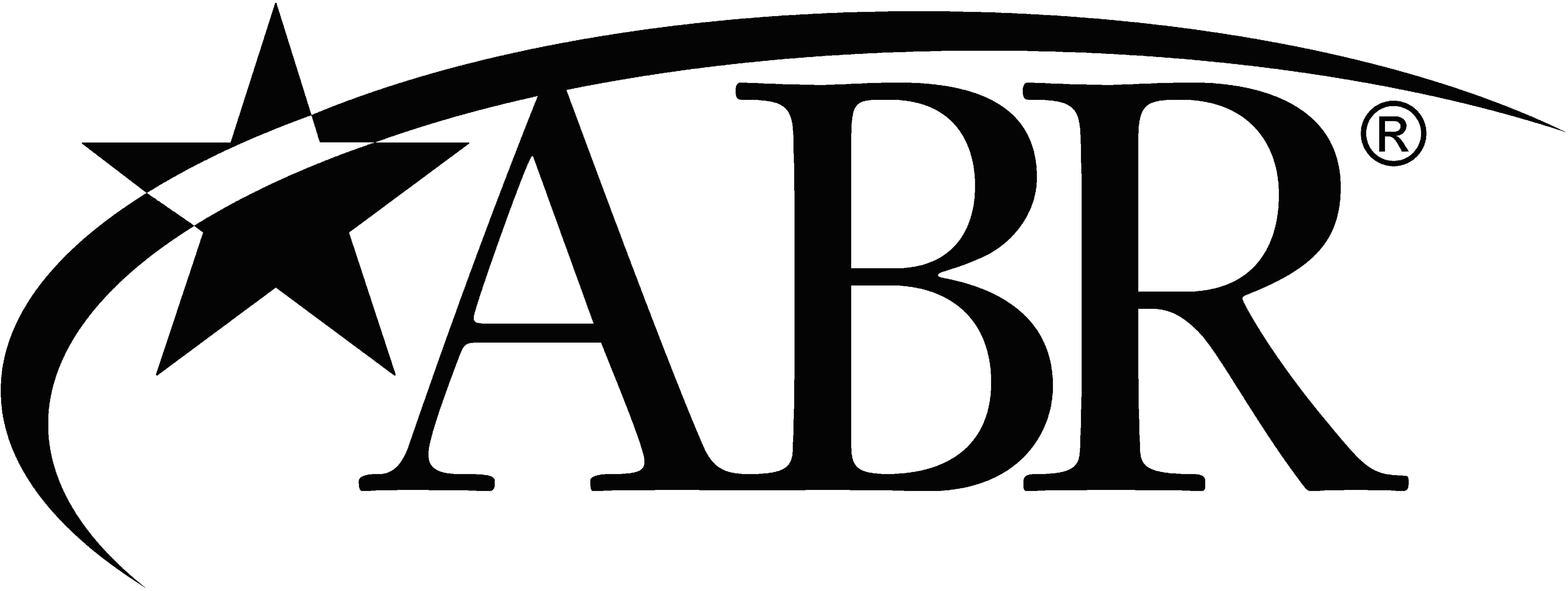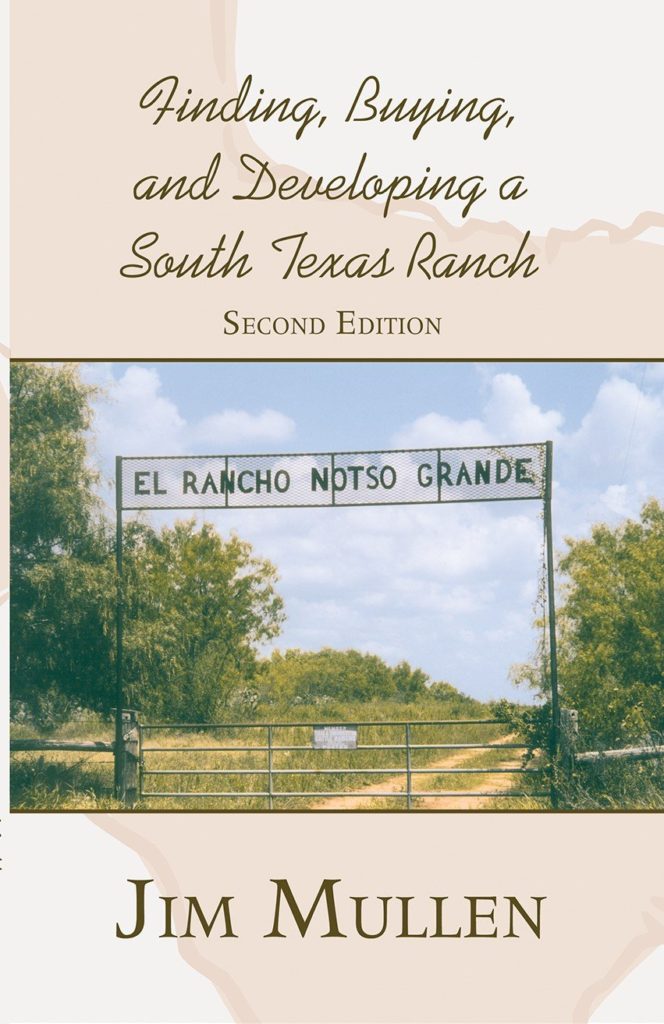I’m sure you’ve heard it said that nothing is constant in Nature. Your piece of Nature is no exception and is constantly changing, even though day to day it may appear to be the same. Some changes are relatively rapid, such as grass growing. Others are slower, such as the filling of a pond with silt. But every day is a full work day in Nature and with or without your influence; your ranch will be constantly changing.

Before European Man got here, Texas was a much different place with much different vegetation. Vast grasslands, verdant, dark forests, and gently rolling hills covered with deep, rich soil. All this has been changed over the last 200 years by us, slow learners at best when it comes to managing ecosystems. Because of our predecessors, gone are millions of tons of topsoil, millions of acres of protective turf grasses, and thousands of trees, lost forever. The people that caused this loss were for the most part not evil, not greedy, just ignorant. They did not know Texas, its weather, soils, and vegetation, and tried to draw from what seemed to be unending resources as if they would last forever. We know now that without wise use, they will not.

Texas remains primarily a privately-owned state which is a good thing for the most part. What is bad about private lands are landowners that do not learn from others, do not seek better ways to manage, and do not benefit from mistakes of the past. Hopefully, you will not be one of these. Do not let this simple book be your last and only reference. Continue to seek new and better ways to manage your ranch and research before you commit. One area where this is of primary importance is in management of vegetation on your ranch. What you do to the vegetation, whether it is simple mowing, deep root plowing, or just looking the other way will have ramifications affecting the whole system. With that sermon done, a review of vegetation management techniques is perhaps in order.
Herbaceous Vegetation.
In our earlier discussion of plant succession, I mentioned that weeds were the first stage of succession following soil disturbance. Weeds are herbaceous vegetation, as are grasses and the term simply implies that they are plants without woody stems. Not to confuse you, but grasses can be part of any stage of succession, including the climax or final stage of succession. Think of the vast prairies; without the influence of Man, those grasslands existed for thousands of years, “managed” by fire and grazing buffalo. Because weeds and some grasses are plants of early succession they are shallow-rooted, without woody stems, and as a rule, more easily managed. Many herbaceous plants are annuals, meaning they sprout, grow, and die in one year or growing season. Others, some grasses for example, are perennials, meaning they live for several years.
The first type of management technique is mechanical, whereby the plants are physically manipulated. This class includes mowing (shredding), disking, plowing, and roller-chopping. These treatments give immediate visual control of the plant and thus are selected by many because of the immediate gratification. I favor disking because it not only removes vegetation; it turns the soil and starts the successional clock again at Stage 1; mowing does not. Roller-chopping can turn the soil as well, if the implement is heavy enough and the soil is loose enough. Plowing, on the other hand, sometimes turns the soil too deeply, placing the weed or grass seeds too deep in the soil, setting the clock too far back or introducing a whole new seed source. Mowing or shredding of herbaceous plants does little but stimulate new growth, much like the grass on your lawn.

The next type of management techniques involves the use of chemicals. Chemical management of herbaceous vegetation is as old as farming. Surprised? C’mon, fertilizing a crop with manure is nothing more than adding chemicals to the soil to increase soil nutrients to improve plant vigor. Fertilization has a role to play on your ranch as well for the same reason, to reinvigorate tired soils. Of course, when we think of chemicals and herbaceous vegetation, we think of their traditional use, using herbicides to kill or control unwanted plants, much as you would in your yard. However you decide to use chemicals in herbaceous plant management, you need to know that however good they may be, they are not precise. Fertilizing corn also feeds sunflowers and killing grass burrs may also kill croton (dove weed). Here again, it pays to ask questions, read the label, and test your application on a small area to see if it does what you want.

You also need to remember that Nature can throw you a curve at any time. I remember one time I fertilized 125 acres of winter wheat south of Charlotte (Texas, of course). The wheat sprouted then shriveled up, but we had the prettiest damn crop of native sunflower that fall. Poor grazing of course, but some really great dove hunting! This was due to a combination of factors. I turned the soil in the fall, which incidentally promotes native sunflower. Then I fertilized the soil, ostensibly for winter wheat. Nature stepped in with a light rain which sprouted the wheat but failed to follow up with additional rain, thereby killing the sprouts. Native sunflower, on the other hand, really doesn’t come on until January or February, so it was perfectly poised for spring rains and did very well in the absence of any competition.
Easily the most obvious form of herbaceous plant management is the use of livestock to consume grass and weeds. Texas is still cow country, and everyone who has 10 acres has to have a cow. I read one time that 95% of the cattle herds in Texas were smaller than 25 animals. I would think that is even truer today, with the fragmentation of rural land.
Unfortunately, while grass does well being seasonally grazed off, many landowners do not realize that grass needs time, water, suitable temperatures, and soil nutrients to recover. A pasture that easily feeds 30 cows in April may not be able to support a rabbit in August. Grasslands in the U.S. evolved with periodic grazing by buffalo and the occasional wild fire. After grazing or fire, the grass was left alone until it could recover enough to either carry another fire or attract a herd of buffalo. With the arrival of European Man came fences and herding of domestic livestock which forced cattle to remain on land long after the surplus grass was grazed off. This caused the cows to graze closer, to “crop” the grass plants to the roots, killing the grass and allowing woody plants to sprout and become established.
Modern theory on cow-calf grazing management centers on rotating the herd through multiple pastures, removing only the surplus grass. Once the surplus grass is gone, the herd must be removed; either to another system of pastures or to the sale barn. Along the same lines, grazing with steers puts a lot of animals on a pasture or pastures, removing them when they have removed the surplus. Whatever the system, prudent grazing leaves healthy grass plants intact, ready to receive rainfall and recover.
Fire remains a sound management tool, although concerns about air quality and global warming tend to restrict its use in the more populated counties. Depending on the season of the burn, and subsequent rainfall, burning can increase grass and decrease weeds or increase weeds and decrease grass. I love fire as a tool, but caution the landowner in its use. Both the NRCS and Texas Parks and Wildlife are working to increase the number of qualified personnel who can advise landowners about burning. Look into becoming a certified Burnmaster if you have the time and equipment. Excellent results can be cheaply attained if burns are properly planned and liability can be minimized.
Woody Vegetation.
Managing woody vegetation is by definition, harder than managing herbaceous vegetation because you have a tough, sometimes flexible stem or trunk to contend with. Additionally, woody plants have deeper, more extensive root systems and some, like mesquite, have what are called “taproots”, which go straight down and are hard to kill.
Management of woody vegetation is divided into two classes, top-removal and root-kill. Tools of top-removal include shredding/chopping/mowing, “stacking” which is simply piling up the tops with a dozer, chaining, which involves dragging a chain or cable over the brush, herbicides that kill the tops, fire, and goating, the use of goats to reduce the tops. Root kill techniques include repeated top removal treatments, root-plowing, herbicides, very hot fires, and deep disking, usually in two directions.
The battle with woody vegetation reads like a bad novel. Once kept in check by fire and competition with strong prairie grasses, woody plants, once established, are very difficult to eradicate. In some circles, technicians have even given up on the word “eradicate”, preferring to call it brush “management” instead.
Not considered a problem until the 1930’s, brush came under attack following WW II with the invention of tracked crawlers, the predecessor of today’s dozers. Using two of these tractors connected by a heavy ships chain or cable, the plan was to simply knock mesquite trees over, allowing moisture to reach the grass and restoring the forage for cows. Problem with this technique was mesquite has a taproot. Removing the top did not kill the roots, and the plant simply sprouted from the roots at a point just below the surface. The resulting plant was worse than the original because it had multiple stems instead of just one. Instead of going straight up, this new-improved version branched out sideways. It was also a stronger plant, as it had the roots of a tree feeding a sapling. Repeatedly removing the top did nothing to the plant and did not restore grasslands.

With bigger, stronger tractors came the root plow. This technique involves pulling a horizontal blade under the surface, below the sprout zone on the roots, cutting the sprouting zone off and killing the tree/bush. This process is usually preceded by stacking, piling of the top matter off to the side, to make plowing easier. To be effective, root-plowing should be followed by raking, where a huge rake is pulled through the field, pulling up the severed root tops, preventing them from sprouting. Lastly, to be truly long-lasting, the whole process should be followed by hand gathering the stumps and sticks for burning. Properly done, the effects of root-plowing can be seen for about 14 years. It costs about $240 per acre, but I don’t know of anyone who will hand pick the stumps anymore, so the effectiveness today is somewhat reduced. Naturally, it does not work a well in rocky soils, and may be overkill if your problem plant does not have a taproot. I know cedar, or blueberry Juniper, which is the bane of central Texas, is easily controlled by simple stacking. Cedar does not have a taproot and does not re-sprout. Removing the top in any fashion kills that plant.

Following the failure of chaining, and trying to avoid the costs of root-plowing, the next tool used against brush was chemical. Agent Orange, then known as 2,4,5-T, alone or with diesel, was very effective against brush and was sprayed over large areas of Texas to control a wide range of brush species. Rumors of 2,4,5-T being a possible carcinogen caused it to be taken off the market following Vietnam. I believe the rumors have been confirmed, as my brother died from cancer attributed by the Department of Defense to Agent Orange. I mention this not to dramatize his passing, but as a warning to you to be careful around herbicides, even those everyone thinks are “safe”.
In place of 2,4,5-T, a host of herbicides have come on the market. These herbicides are more selective and do not contain the agents which made 2,4,5-T carcinogenic, to the best of the manufacturers’ knowledge. I use herbicides in brush management, but I employ professionals to apply them and I avoid the area until the effective life of the herbicide has passed. One herbicide I like is called Spike and is herbicide in pellet form. Just to give you an example of herbicide application, Spike can be flown or broadcast on a brush patch at a measured density. The pellets sit there until it rains and the rain melts the pellets, taking the active ingredient down to the roots. Spike is effective against a wide range of woody plants but kills herbaceous plants as well for at least one growing season, often two.

Other herbicides are applied in liquid form, either to the trunk or the foliage. The expected reaction of the plant is defoliation. This is followed by new leaves and defoliation again. This process eats up stored food in the roots and if severe enough, will kill the plant. Expected kill with today’s herbicides range from 40% to 80%, depending on a multitude of factors including weather, temperature, time of application, and amount absorbed. We used to think the best time to treat brush with herbicides was spring, when the new leaves came out. The thought was applying it then would improve absorption by getting the herbicide in before the leaves put on a waxy outer coat. Currently, most foliar herbicides are applied in summer, using a surfactant to defeat the outer coating and entering the plant when it is already stressed by heat and drought. Basal application, where the herbicide is applied to the trunk, is just as effective, perhaps more so, but is labor-intensive over large tracts. Applying herbicide to the trunk increases the effects of the herbicide and reduces collateral death to other plants.
Mechanical tools to treat brush continue to evolve as well. Shredders are now available that can remove the top of a large tree. The hydro-axe is an example. Mounted on a large tractor with solid tires, the hydro-axe, using a rotary shredder or spinning drum on hydraulic arms, “eats” trees and brush down to ground level. Able to clear 5 acres per hour in light brush, it is priced competitively with stacking and herbicides. Another example is the Browns Tree-cutter. Simply a shredder on steroids, the Tree-cutter can shred anything you can drive over, and bigger trees if you back it up over them. Smaller shredders can remove light brush at decent speeds and can be pulled by your tractor.

The roller-chopper was developed a long time ago and is still used today. This implement consists of a large drum or series of drums with blades welded longwise along the sides.

Filled with water or oil for weight, and usually pulled by a dozer, the drums roll over brush and small trees, ideally cutting the stems and putting divots in the soil. These divots are a big selling point as they serve as catchments for rainfall which speeds recovery of weeds and grasses. Unfortunately, while very durable, roller-choppers often do not cut the stems, but simply lay them flat and crimp them. This leads to wild sprouting in thick mats which are hard to traverse and hard to kill with no increase in forage. Additionally, if the soil is too hard, or the brush stems too thick, the blades will not divot the soil and rainfall continues to run off. A variation of the roller-chopper is called the pasture aerator. Instead of straight, parallel blades, the pasture aerator has a series of six to 12 inch blades welded to the drums in a spiral. The thought was this would improve penetration and reduce the jerky motion of a roller-chopper which was hard on clutches and operators. Originally developed to control palmetto in Florida, the implement works very well in deep sand. It does not work well in hard clays or packed gravel, and does not have the cutting power of a roller-chopper. This is because the spiraling of the blades, while eliminating the choppy motion, also removed the forceful chopping action of a roller-chopper.


Planting Preferred Species.
Having spent the bulk of this chapter on killing plants, I need to address planting preferred plants. Improved grasses, brush lines, and food plots are integral parts of ranch management. As mentioned, most ranch buyers today are not buying their ranches to run intensive cattle operations. However, most ranches in South Texas have a history of cattle management and many have large fields, usually planted in “improved” grasses. Improved in this sense refers to a grass that, at least in theory, produces more forage than native grasses under similar circumstances. Carefully consider field management in your planning process. If you think you will have a cow-calf herd of some sort, fields are very important as a way to increase forages and rest your brush pastures. If, on the other hand, you are only interested in wildlife, fields should be treated as food plots and broken up if they are too large for wildlife to access. A significant part of my consulting services pertains to the reclamation of improved grass pastures for wildlife purposes.

If your new ranch has a large field or two in grass, you might consider taking action to make it more useable for wildlife. Using either physical disturbance with a disk or herbicides to reduce grass density, you can establish weed populations for wildlife. A prime offender that I encounter all the time is Coastal Bermuda grass. Coastal is a tough grass that produces a lot of forage in a variety of conditions. It is hard to kill out, but should be controlled as it tends to form a monoculture that is of little use to wildlife. Bufflegrass is another example. Overgrazing, disking, or burning will not kill a well-established grass. The only thing I have had success with is deep plowing in mid-summer following an application of Roundup herbicide. The Roundup weakens the plant, while the deep plowing exposes roots to the drying action of the summer heat. Even this treatment is not always a long-term solution and you must continue working the field to keep the grass at bay.

Once you have returned your fields to bare dirt or if you have a new field just cleared, you need to plan what you want to do with it. Failure to do so will eventually result in the loss of the field and the cost of reclaiming it once again. Most wildlife managers in Texas use their fields primarily as oat patches, to draw and hold deer during the season. Those with an interest in dove or quail prefer to plant the fields in small grains or manage for weeds which produce food for birds. In the next chapter, I’ll address the management of fields as food plots as it applies to each species and ways to maximize what could be a major investment.










